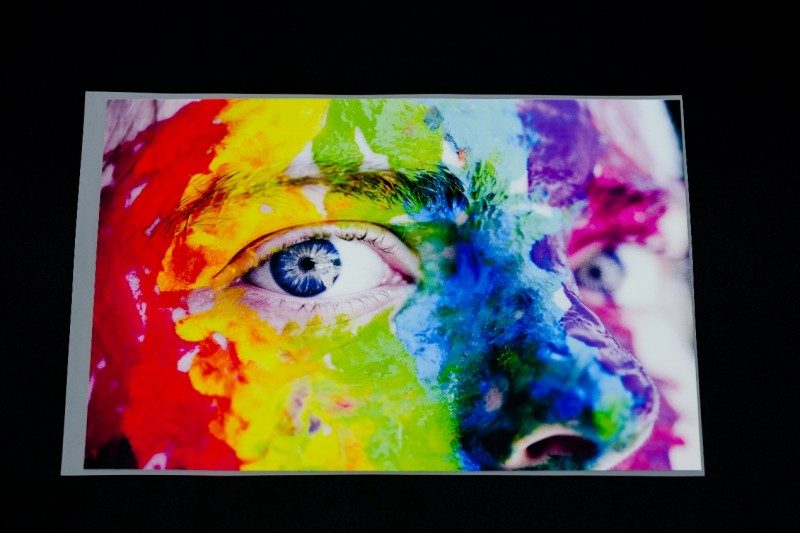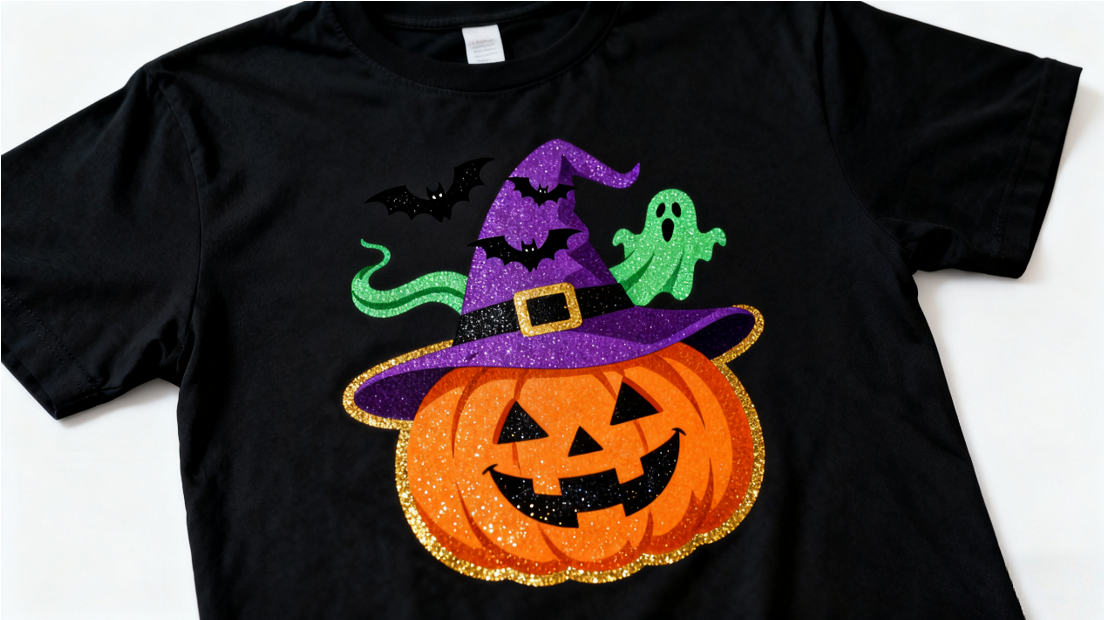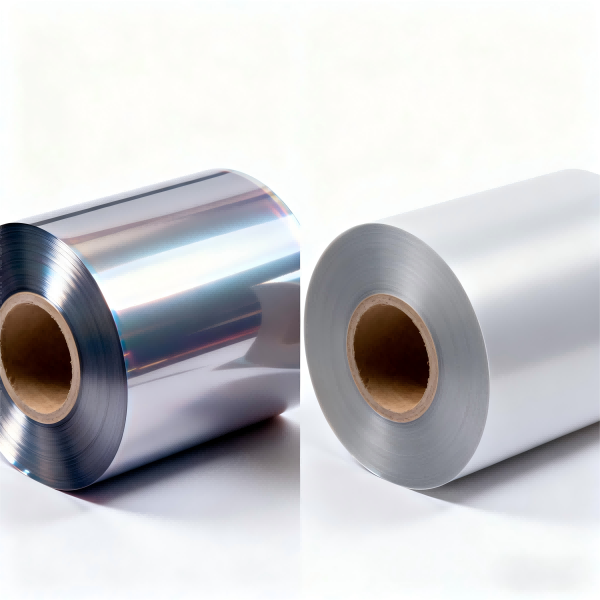DTF Printing vs. Sublimation Printing: Choosing the Right Method
When it comes to transferring designs onto objects...
MoreDirect-to-Film (DTF) sublimation paper is a specialized transfer medium used in the textile printing industry to apply full-color, high-resolution designs onto a wide variety of fabrics, including cotton, polyester, blends, and even leather. The process involves printing a design onto the DTF paper using a specialized DTF printer with pigment inks, followed by the application of a hot-melt adhesive powder. The transfer is then cured using a heat press, which permanently bonds the ink and adhesive to the fibers of the garment. This technology has emerged as a versatile alternative to other methods like Direct-to-Garment (DTG) and heat transfer vinyl, offering distinct advantages in terms of material compatibility, durability, and operational efficiency for both small businesses and large-scale production environments.
The application of DTF sublimation paper is distinguished by its exceptional versatility and superior performance on a broader range of fabrics compared to many traditional methods. Unlike direct-to-garment (DTG) printing, which can struggle with high polyester content and requires pre-treatment on cotton, DTF printing requires no pre-treatment and adheres effectively to cotton, polyester, cotton-poly blends, silk, and even some nylon and leather surfaces. This eliminates a significant production step, reducing both time and material costs. A key performance metric is the color vibrancy and wash fastness achieved. Industry tests and user reports consistently show that DTF prints maintain excellent color saturation and sharpness, with wash resistance often exceeding 30-50 cycles without significant cracking or fading when proper curing temperatures (around 150-165°C or 300-330°F) and pressures are applied. The technology's ability to reproduce complex, photorealistic images with smooth gradients and fine details makes it ideal for custom apparel, sportswear, and promotional items. Furthermore, the soft hand feel of the final print is a major selling point, as the adhesive layer integrates seamlessly with the fabric, avoiding the heavy, plastic-like feel associated with some vinyl transfers. This combination of material flexibility, high durability, and print quality forms the core of its value proposition in the competitive digital printing market.
From an operational and economic standpoint, the adoption of DTF sublimation paper presents compelling advantages that are supported by market data and user testimonials. The initial setup cost for a DTF system is often lower than for an equivalent high-quality DTG printer, making it more accessible for startups and small businesses. The consumable costs, including the paper, adhesive powder, and inks, have been trending downwards as the technology matures and supply chains expand. According to analyses from industry platforms like "Printwear" or "FESPA," the cost per print for a standard DTF transfer can be highly competitive, especially for dark garments where DTG would require a heavy white underbase. The efficiency gains are significant; DTF allows for batch printing and powdering, meaning multiple designs can be printed and prepared offline before heat pressing, leading to higher throughput. This decoupling of printing and pressing stages is a logistical advantage over DTG, where each garment must be printed and cured immediately. Data from equipment manufacturers often cite production speeds that can exceed 50-100 garments per hour in a streamlined setup. The low maintenance requirements of DTF printers, compared to the frequent printhead cleaning needed for DTG to prevent clogging, also contribute to higher uptime and reduced operational overhead. These factors collectively enhance the return on investment (ROI) and make DTF a scalable solution for businesses looking to expand their product offerings and production capacity.
The practical application workflow for DTF sublimation paper is a multi-step process that demands precision for optimal results, as detailed in technical datasheets from leading paper manufacturers such as COEX, Jindong, and Neenah. The first step involves printing the mirror image of the design onto the coated side of the DTF film using a dedicated DTF ink system (typically CMYK + White). The quality of the paper is critical; it must have a quick-drying coating to prevent ink bleeding and ensure sharp dot reproduction. Immediately after printing, while the ink is still wet, the sheet is passed through a powder shaker or automatic powdering machine to apply a layer of thermoplastic adhesive powder. The excess powder is then removed, leaving powder only on the printed areas. The printed and powdered film is then cured in an oven or under a flash dryer at approximately 100°C to melt the powder and bond it to the ink, creating a flexible transfer film. The final step is heat pressing this film onto the garment. Manufacturer specifications universally emphasize the importance of correct heat press parameters: a temperature range of 150-165°C (302-330°F), medium to high pressure, and a pressing time of 10-15 seconds, followed by a cold peel. Deviating from these parameters can lead to issues like poor adhesion, cracking, or a stiff hand feel.
In conclusion, the application of DTF sublimation paper represents a significant technological advancement in digital textile printing. Its ability to adhere to a diverse array of fabrics without pre-treatment, combined with its production efficiency, cost-effectiveness, and high-quality, durable output, has solidified its position in the market. As the technology continues to evolve, with ongoing improvements in ink formulations, film coatings, and adhesive powders, the performance and economic benefits are expected to increase further. For print shops, apparel brands, and custom product creators, integrating DTF sublimation paper into their service offerings provides a powerful tool to meet growing consumer demand for personalized, high-quality printed goods on virtually any garment type, ensuring both customer satisfaction and business growth in a dynamic industry.
Select the most popular foreign trade service products to meet your diverse needs
Learn more about the dynamics and professional knowledge of the foreign trade industry

When it comes to transferring designs onto objects...
More
If you’re new to garment printing, using DTF film ...
More
Make your Halloween tees shine with SAILLAGE’s DTF...
More

BOPP Film (Biaxially Oriented Polypropylene Film) ...
More
For a leading Pearlized BOPP Film manufacturer, qu...
MoreSelect the most popular foreign trade service products to meet your diverse needs
Explore more content related to foreign trade services

Tel: +86 17706217416
Add: Building L2A, No. 520, Lane 1588, Zhuguang Road, Hongqiao World Center, Qingpu District, Shanghai, China
User Comments
Service Experience Sharing from Real Customers
Michael Rodriguez
Print Shop OwnerThis DTF sublimation paper produces incredibly vibrant transfers with excellent detail retention. The ink absorption is perfect and we've had zero cracking issues even on stretchy fabrics. Highly recommended for professional use!
Sarah Chen
Garment DesignerAs a custom apparel designer, I've tried many transfer papers and this is by far the best. The colors stay bright after washing and the transfer process is consistently reliable. My clients love the professional quality results.
James Wilson
Production ManagerOutstanding performance in our high-volume printing operation. The paper feeds smoothly through our printers and the quick-dry feature has improved our production efficiency by 20%. Excellent value for the quality.
Jennifer Martinez
Small Business OwnerPerfect for my small custom t-shirt business! Easy to use even for beginners, and the transfers come out crisp and professional every time. The paper stores well and doesn't curl like other brands I've tried.